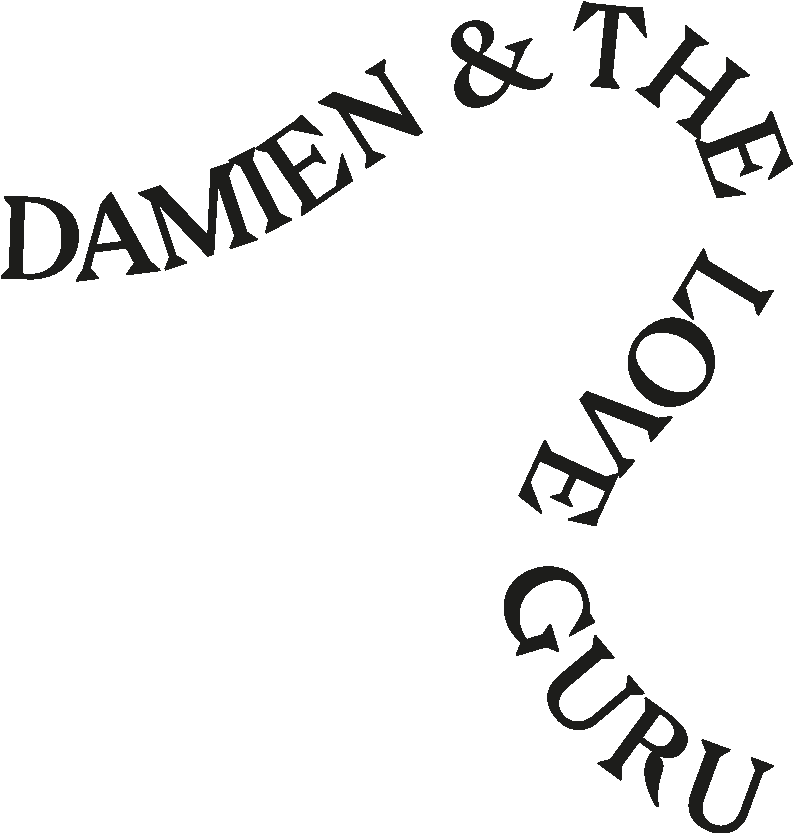Sharon Van Overmeiren & Saskia Smith & Nana Esi
Showered in Blessings
Brussels

Here we are, caught in mourning, revering the dearly missed, the celebrated, the irreplaceable. Usually, language flows through us effortlessly day by day, but when life is set beside itself in instances like these, it appears that the last thing coming to us is words. So delicate has it all become, that meaning struggles to settle with efficiency.
Still, some of us step up to eulogise; to gather their love into language, tell the rest what was wished for, articulating appreciation—offering, as it were, a Shower of Blessings.
This is where the current scene lands us. There’s an absence of presence weighing on the room, whilst a vapour of farewells is sensed drifting along its edges. The question of who (or perhaps what) has passed away finds an ambiguous suggestion in Sharon van Overmeiren’s sculpted tombstone shrines. These embellished memorial-slabs frame portraits of plush teddy animals, calling in on circumstances where apparent “inanimate” objects—typically denied to hold any form of life—undergo an event similar to what we know as death.
But in rubbing our eyes free of tears, we notice these teddy-portraits also hold within them a commercial aura. There’s a polished feel to their image, resembling product-shots selling things yet-to-be purchased. Far from an authentic post-mortem memorial, these portraits gesture a marketing intent—as though the dead are being adverted back to us in their fresh form. What kind of twisted tombstone is this, memorialising as much as it markets?
Slipping freely in and out of various traditions and conventions, the gallery setup takes the liberty to blend registers of mourning with the motifs of merchandising. What comes through in spite of these odd intersections are subtle gestures leading us to believe that death’s material dissolution is perhaps not final and never forever. Across the walls, a glossy stream of consciousness serves to explain this. Somewhere between a flashback and a prophecy, evaporating distinctions between a slogan, a farewell or some tagline-testimonial, it floats on the thought that farewells can be refunded, and that life, like a rejuvenating shower, is something we will always return from—refreshed, rebranded, reincarnated.
More details in the showroom play along with these suggestions. Whilst storefront windows usually flood passersby with commercial messaging, the gallery’s vinyl-wrapped façade takes on a different, more modest approach. Its tightly-bound view holds a promise awaiting to be unlaced—a gift of life wrapped in anticipation—whilst also, somewhat abstractly, making a reference to the Ghanaian tradition of draping homes in woven fabric to signify mourning.
Life is typically framed as a trajectory towards a fixed endpoint, a linear course punctuated by funeral traditions marking its closure. The dominant Western narrative insists on finitude. But when all the suggestions in the showroom assemble, one is pitched a different interpretation of life and death. What might change if we were to buy into this reframing?
If we embrace a perspective where existence loops endlessly in ever-renewing cycles rather than closing in on itself, we might feel a stronger, more visceral urgency to consider the generations to come (since, in this view, they also include ourselves). What if we expanded the circle of what we consider animate, redistributing the idea of sentience and vitality across objects and entities alike? Instead of fast, extractive consumption, we might cultivate a spontaneous affinity with the things around us, deepening our sensitivity to their lifecycles and making choices that honour an ever-renewing system far beyond ourselves.
And yet, as materialism and animism could collide in ways that feel transformative, a strange sense of familiarity lingers—perhaps uncomfortably so. Consumerism’s ever-adaptive strategies already draw on such convergences: branding is self-aware, products have an inner life, packaging wears a persona. Oat milk cartons know their own ingredients: “Wow no cow!” they declare on their containers in self-referential subjectivity. “I’m just six ingredients! No nasties, no preservatives, just oats living their best life...” Agency and sentience pulses through consumer goods. Conscious commodities flirt with the conscious consumer to make more conscious choice. Brands choose their consumers, instead of consumers choosing a brand.
The proposition of an animistic view of the world comes considerably closer. But in the end, is it just another iteration of market strategies—ever-adapting, endlessly rebranding—swallowing and incorporating all our efforts to escape from its influence?
Text by Saskia Smith
